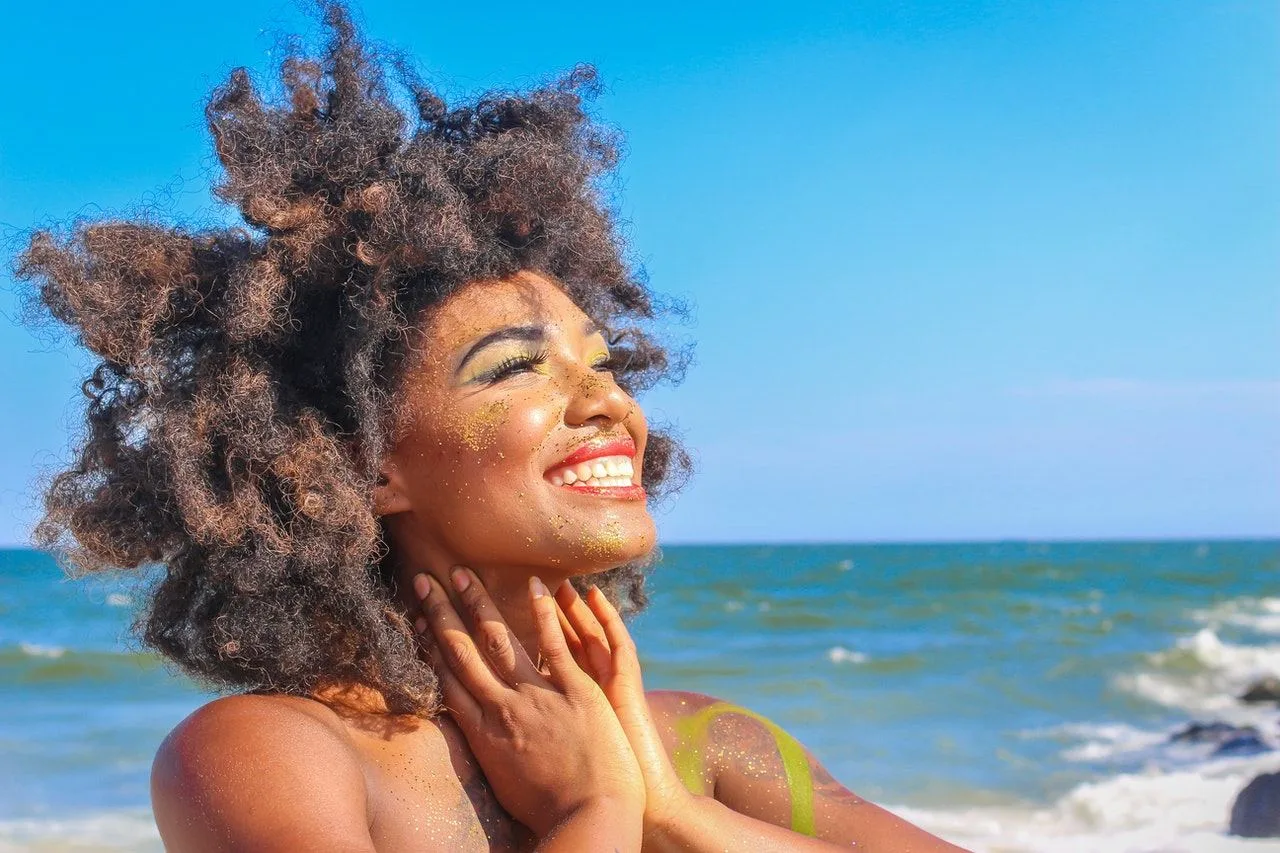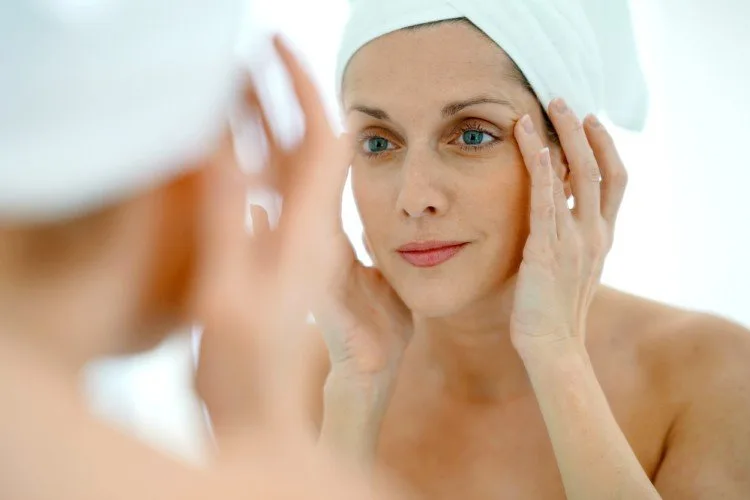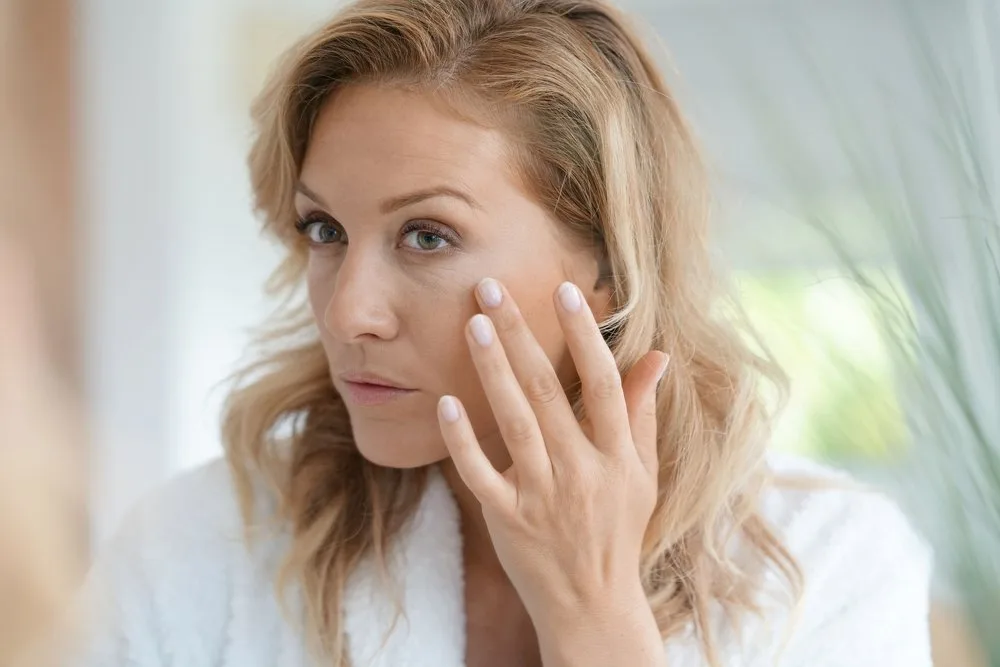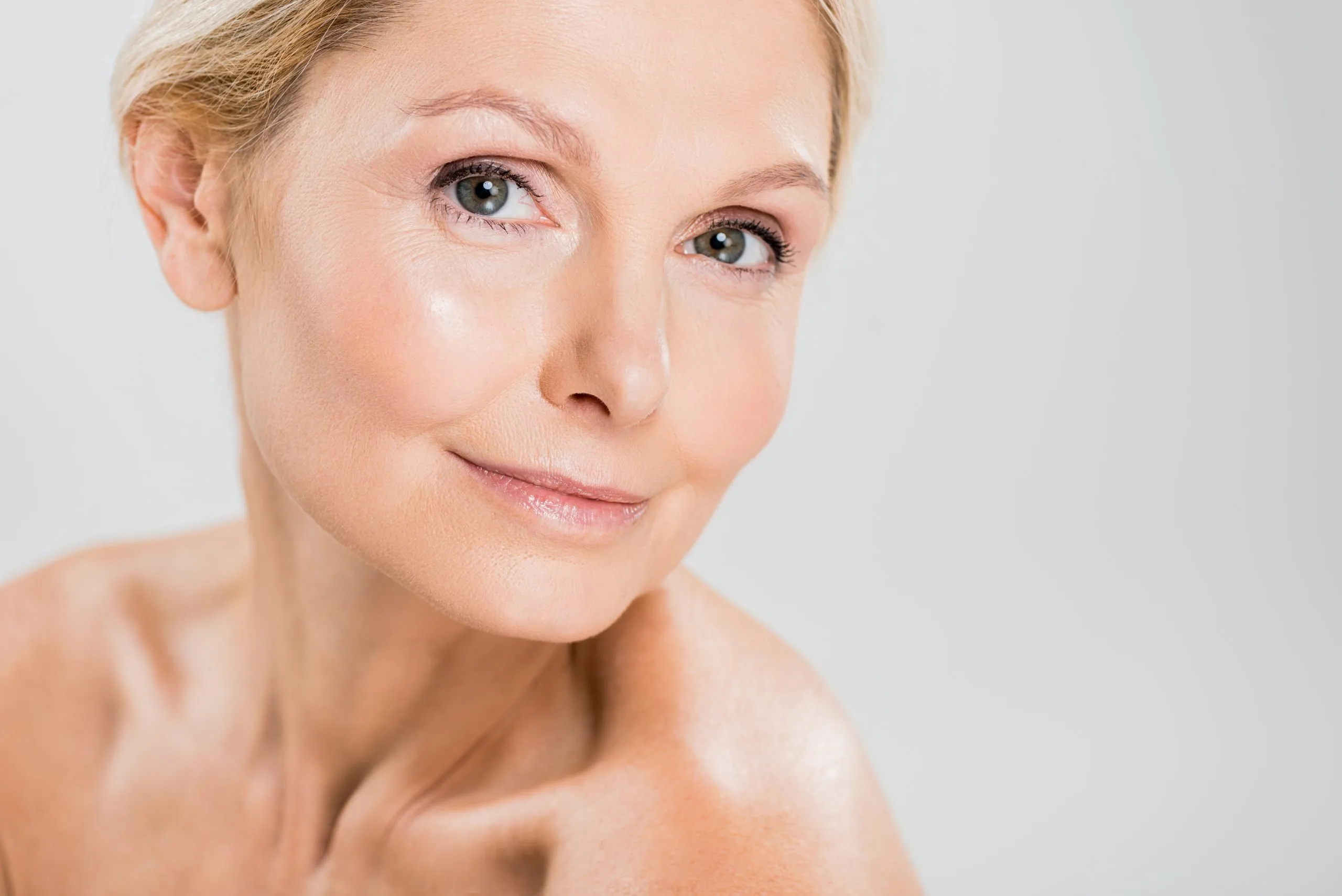There’s a few things in life that are certain: death, taxes and aging. While you can’t avoid the first two (arguably), you can manage how well the third one occurs. With aging comes wrinkles and coupled with genetics, sun exposure, lifestyle habits like smoking and heightened stress, these wrinkles can often be deeper in some people’s skin that it is in others.
Regardless of how deep your wrinkles are, there are different ways to manage them, especially per age group.
Managing Wrinkles By Age Group
Wrinkles in your 20s

Photo by Nappy
While you may think that anti-aging is the last thing that someone in the 20s should be concerned about, the reality is that your 20’s is exactly the time when you should adopting an anti-aging skincare routine.
This is the decade when your collagen levels begin to decline and when you add in excessive blue light exposure and higher levels of pollution, you’re definitely aging fast in your 20s, even if you can’t see it – yet.
To combat this, we suggest a decent skincare routine that includes a broad-spectrum sunscreen with an SPF50 as well as topical retinol that can help target any dullness and encourage gentle exfoliation.
Wrinkles in your 30s
Unlike in your 20s, this is when signs of premature aging start to become a little more obvious with dullness and uneven skin tone. If you were lenient with your skincare routine in your 20s, then now is the time to become more diligent about it, especially if you want to manage signs of premature aging.
As you adopt a much stricter anti-aging regime, now is the best time to start, including sunscreen, antioxidants, and actives like retinol. You should also manage the hydration levels in your skin with hyaluronic acid.
Wrinkles in your 40s
If you think that signs of aging are obvious in your 30s, then they’re clear as day in your 40s. Not only are signs of sun exposure more prominent, but thanks to changing hormones, your skin begins to lose elasticity and experience dryness, leading to wrinkles and sagging.

goodluz/shutterstock
Investing in aesthetic treatments and visiting a medical spa such as Blue Divine Aesthetics will become a norm. Now is when you start to include more serums in your skincare routine, with these serums targeting specific skin concerns like sun spots and crow’s feet. It’s also essential to use products that contain hyaluronic acid, glycerin, and ceramides. Doing so will help with moisture retention, which is a big issue during this decade. Furthermore, we recommend doing a vacuum face lift treatment (also called face cupping) which will stimulate collagen and make the skin firmer. The treatment is painless and safe.
Additionally, we can’t leave out retinol and sunscreen – with the former encouraging collagen production and treating existing wrinkles.
Wrinkles in your 50s
As your estrogen levels continue to shift, you’re going to experience a significant drop in collagen production, as well as drops in hyaluronic acid, elastin, and ceramide production. These changes lead to sagging and drier skin as well as increased sensitivities. They also cause more pronounced wrinkles, volume loss, and excess pigmentation as a result of sun damage.
The best way to address these changes is by maintaining the levels of moisture in your skin. You can do this by using products that contain hyaluronic acid and ceramides.
This is also a great time to try anti-aging aesthetic treatments like vampire facials, micro-needling, and laser treatments as they will help encourage cell turnover and leave your skin with a refreshed and youthful glow.
Wrinkles in your 60s and beyond
Your skin is much thinner, and thirstier, in your 60s and beyond, which makes signs of aging much more pronounced. Your skin is also much more irritable, and it also bruises easier than it did in earlier years. Therefore, you need a more effective anti-skin care routine and products, such as Osmosis Anti-Aging Skincare.
During this period of time, it’s important to keep your skin as hydrated as possible. You should also ensure that your skincare products are gentle on your skin. Also, this is not the time to take a pause from your sun protection habits. So, make sure that you use a broad-spectrum sunscreen and wear clothing that protects your skin from the sun.
Many women in their 60s choose Botox treatments for a smoother, more youthful appearance. Botox, or botulinum toxin, a neurotoxin used in cosmetic procedures, temporarily paralyzes muscles to minimize wrinkles and fine lines.
Aging reduces collagen and skin elasticity, leading to wrinkle formation, especially in frequent facial expressions. Botox injections effectively address these signs of aging, particularly in the forehead, around the eyes (crow’s feet), and between the eyebrows.
Anti-aging skin creams containing retinol, hyaluronic acid, and peptides, which promote collagen production, improve skin hydration, and reduce fine lines, are popular. Laser therapy and chemical peels are also sought after for skin rejuvenation. On the other hand, chemical peels involve applying a solution to the skin, promoting exfoliation, and removing damaged outer layers for a smoother complexion.

goodluz/shutterstock
Anti-aging is essential at any age
Regardless of which decade of life you’re currently living, an anti-aging skincare regime will always be important.
However, if you’re unsure of which habits you should adopt and which ones you can let slide for a bit, then here’s an easy way to remember: sunscreen, sunscreen, sunscreen. You can never go wrong with sunscreen. Trust us, in a decade or so, your skin will thank you.
It’s important to note that the aging process itself is complex and influenced by a combination of genetic, environmental, and lifestyle factors. Additionally, individual responses to lifestyle choices can vary. So, choose to live healthy and happy every day. It’s always a good idea to consult with healthcare professionals for personalized advice based on your specific health needs and circumstances.





![women [longevity live]](https://longevitylive.com/wp-content/uploads/2020/01/photo-of-women-walking-down-the-street-1116984-100x100.jpg)









